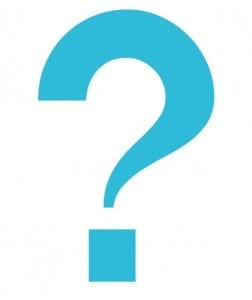 Do you know when to use e.g. or i.e.?
Do you know when to use e.g. or i.e.?
E.g. and i.e. mistakes are spotted on a regular basis by our proofreading team. In this article we take a look at the differences between the two latin abbreviations and explore how they can be used correctly in written English.
Have you ever seen a sentence that looks like this?
The Loch Ness Monster had the most amazing dreams, i.e. last night he dreamt he was an award-winning tightrope walker.
THIS IS GRAMMATICALLY INCORRECT
I.e. is actually an abbreviation of the Latin term id est, which means that is. I.e. should be used to clarify a fact or make something clearer.
If we were to replace the abbreviation i.e. in the above sentence with the Latin term it would look like this: The Loch Ness Monster had the most amazing dreams, that is, last night he dreamt he was an award-winning tightrope walker.
This implies that the Loch Ness Monster only ever dreamt of being a tightrope walker; this is not true. The abbreviation that should have been used is e.g., which means for example:
The Loch Ness Monster had the most amazing dreams; e.g., last night he dreamt he was an award-winning tightrope walker.
When to use i.e.
You should use i.e. when you want to explain something you have written by adding more information:
Swimming with a crocodile is like driving a dodgem car with your eyes closed; i.e., it’s not the most inspired idea.
The hobbit had attempted to jump the fence but missed and looked like a total buffoon; i.e., he made a bit of a fool of himself.
When to use e.g.
Use e.g. when you want to provide examples of something. E.g.:
The gremlin’s foul stench entailed that he was not allowed in many public places; e.g., Starbucks, Taco Bell and Walmart have all asked him never to visit their premises again.
The troll had a long shopping list that consisted mostly of out-of-stock items; e.g., Snail hair, essence of unicorn and salt and vinegar toenails.
So there we have it, you now have absolutely NO excuse for not knowing when to use e.g. or i.e.
